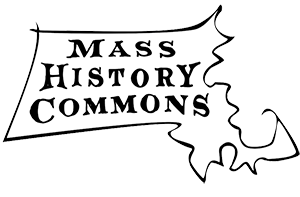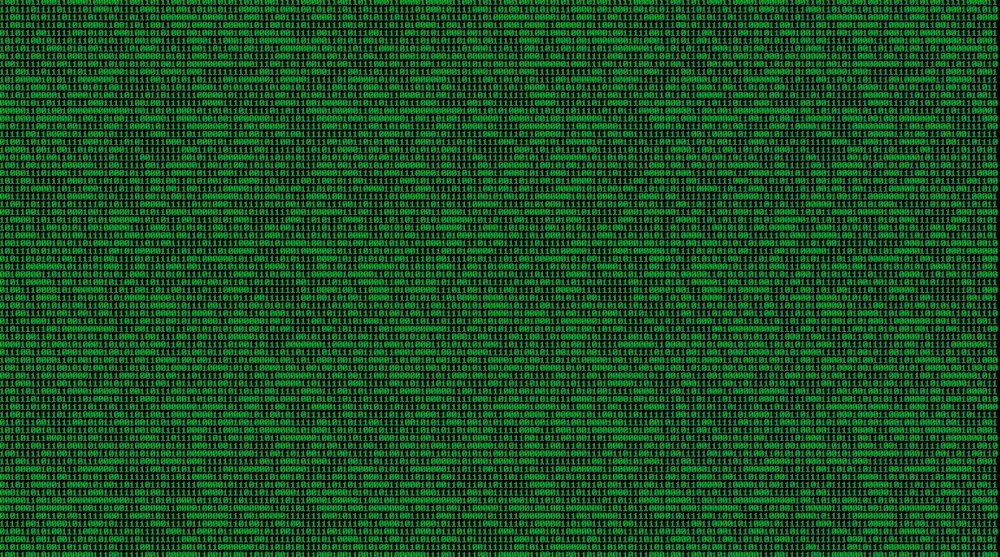Digital Preservation
As our institutions accession and create born-digital and digitized content, it is imperative that we take steps to ensure the long-term preservation of and access to these resources. Digital preservation involves continued monitoring and maintenance for digital files as well as supporting administrative and financial commitments. The resources below introduce best practices for creating and sustaining a digital preservation program for your institution.
Understanding the Basics
This MIT Libraries hosted online tutorial is based on the workshop curriculum developed by Nancy McGovern and Anne Kenney. Through a series of webpages, the tutorial walks the reader through basic terms and concepts, challenges, and implementable first steps for establishing a digital preservation program.
Framework of Guidance for Building Good Digital Collections
This framework was initially developed by the Institute of Museum and Library Services (IMLS) and is currently administered by the National Information Standards Organization (NISO). The framework provides an overview of some major components and activities involved in the creation and management of good digital collections. It is available as a webpage or as a pdf.
State Electronic Records Initiative (SERI) Managing Digital Content Over Time video series
This six-module training was produced by the Council of State Archivists (CoSA) SERI program and was developed with grant support from IMLS. The curriculum is based on training created by the Library of Congress. The video series aims to “help archives and others who maintain electronic records understand the necessary steps of digital preservation.” On average, each video is 20 minutes long.
Assessing Your Preservation Program
State Electronic Resource Preservation (SERP) Framework
Based on the Digital Preservation Capability Maturity Model developed by Charles Dollar and Lori Ashley, this Council of State Archivists (CoSA) web resource presents 15 components of a digital preservation program. Each component is presented with four levels that you can use to rate your institution and practical steps on how to move from one level to the next.
Online survey based on Charles Dollar and Lori Ashley’s Digital Preservation Capability Maturity Model that walks the user through a series of questions to assess your program in multiple components of preservation. System generates a score and provides suggestions to increase your rating. Tool is free but does require registration.
NDSA Levels of Preservation 2.0
National Digital Stewardship Alliance (NDSA) resource to assess your digital preservation program in five functional areas: Storage, Integrity, Control, Metadata, and Content. See also: Council of State Archivists webinar introducing version 2.0
Digital Preservation Coalition (DPC) modeling tool to enable benchmarking an institution’s digital preservation capability. Tool is freely available for anyone although DPC members can also compare their results with other members.
Digital Preservation Assessment Training and Handbook
Northeast Document Conservation Center (NEDCC) handbook for conducting an institutional assessment and building a peer assessment process.
Creating a Digital Preservation Policy
NEDCC Digital Preservation Policy Template
Free Northeast Document Conservation Center (NEDCC) template for writing institution’s digital preservation policy.
Digital Preservation Policies: Guidance for archives
Guidance document from the National Archives of the United Kingdom. Document provides explanations of the different section of the policy and links to examples.
Digital Preservation Policy Development
Digital Preservation Coalition PowerPoint presentation from Sharon McMeekin, Head of Training and Skills. Provides definitions, components of the policy, and examples.
Metadata
This free online interactive resource, edited by Murtha Baca and published by the Getty Research Institute, provides a comprehensive overview on metadata. The resource addresses topics from ‘what is metadata and what are its types, characteristics, and common misconceptions about metadata?’ (refer to the “Setting the Stage” chapter authored by Anne J. Gilliland) to ‘how can metadata be published and made available online?’ (refer to the “Metadata Matters: Connecting People and Information” chapter authored by Mary S. Woodley).
Dublin Core Metadata Initiative
Specifications for basic and expanded elements used to describe digital resources.
File Formats
Library of Congress ranked listing of preferred file formats for long-term preservation of textual, still image, audio, moving image, database, website, and other record types. Available as a webpage and a PDF.
National Archives and Records Administration resource of preferred and acceptable file formats for long-term preservation of over a dozen different record types. Available as a webpage.
Short pdf introduction to understanding and evaluating file formats from the Council of State Archivists.
Fixity
National Digital Stewardship Alliance document defining and justifying fixity (data integrity) and explaining different fixity algorithms.
Check Yourself: How and When to Check your Fixity
Library of Congress The Signal blog post related to the “Checking Your Digital Content.”
Managing External Media
Short publication from OCLC Research providing practical steps for identifying and managing content on physical media.
Follow up documentation from OCLC Research on steps for working with external media and stabilizing born-digital materials that are transferred to your institutions.
Additional Resources
SERI Bibliography of resources on electronic records processing and preservation
A bibliography of resources around the topics of electronic records management and digital preservation programs. Resources are categorized into introductory resources, policies and strategies, electronic records management, acquisition, preservation, access, and digital preservation organizations. This bibliography was created by the SERI Education Subcommittee in 2013 and revised by the SERI Education and Programming Subcommittee in 2019.
Ryan, H., & Sampson, W. The No-Nonsense Guide to Born Digital Content. London, United Kingdom: Facet Publishing, 2018.
This book, authored by Heather Ryan and Walker Sampson, provides an introduction to born-digital content, the basics of digital information and how it is stored and interpreted by computers, strategies for acquiring, accessioning, and ingesting digital content, and covers topics on preservation, storage, description, access, creating workflows, and changes in technology that producing new types of records.
This resource guide has been curated by the State Historical Records Advisory Board (SHRAB).

